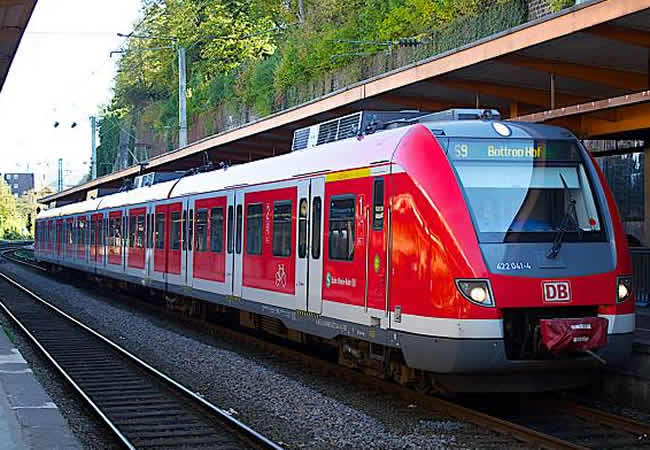The Japanese manufacturer of a train that derailed in Taiwan said he has discovered the design flaw responsible for the crash.
On Oct. 21 a train in Yilan in Taiwan’s northeast came off the rails on a curve while traveling at almost 149 kmh (87 mph), nearly twice the speed limit,
Eighteen people were killed and 187 injured in the island’s worst rail crash in decades.
Naoki Sato, an official at Nippon Sharyo, told Reuters on Friday that the company’s investigation into the crash had discovered the flaw.
He said the flaw was in the blueprint for wiring the connection of the train’s automatic train protection safety system to the control station.
He said the system failed to alert the central control system that an automatic safety feature had been turned off.
The official said there is no problem with the safety system itself, which is designed to automatically apply the brakes when the train exceeds the speed limit.
Nippon Sharyo’s Sato said the flawed blueprint was used in 19 train sets built for Taiwan, including the one that crashed.
He said any decision on whether to fix the wiring was up to the Taiwan rail authority, which owns the trains.
The Taiwan Railways Administration said in a statement it has asked Nippon Sharyo for a more detailed explanation.
It did not elaborate.
It was not immediately clear whether the remaining 18 trains were currently in operation.
The train’s driver, You Zhen-zhong, told a court last month he switched off the speed-control system to boost the train’s power when it slowed down on an earlier stretch of the journey.
The public defender for You said he knew he had to turn the protection system back on but failed to do so.
He said this was because he was busy communicating with other coordinators about a separate problem with the train’s speed.
Shares in train manufacturer Nippon Sharyo Ltd plunged by the daily limit in Tokyo.
It lost 17 per cent to a near-2-1/2-year low, after news of the design flaw. (Reuters/NAN)

